401K versus Simple IRA Pros and Cons
SIMPLE IRA versus 401(k) Retirement Plans
In the document attached we explain the differences between a Simple IRA and a 401(k) and want to determine which plan is most appropriate for the company. One important note is that the Simple plan can NOT exist in the same year as the 401(k) so the best time to start the 401(k), if chosen, is on January 1, 2022. Deferrals to the Simple must cease in 2021.
Here are the Pros and Cons of each.
401(k) Plan Pros over a Simple IRA:
Highest contribution limit– $58,000 each year including the employer plus employee contribution ($64,500 if age 50+)
Employer contributions are discretionary with a 401(k) and not required every year: Simple requires either Match of 100% up to 3% or a 2% mandatory employer contribution.
Annual deferral of $19,500 or $26,000 versus $13,500 or $16,500- each person can contribute $6,000 more or $9,500 more for maximum tax savings.
Simple IRA Pros over a 401(k):
No Administration Cost– accounts are held in IRAs and no plan administration or 5500 tax filings are needed. This is the only real advantage compared to the many advantages of a 401(k).
Retirement Plan Math:
4 partners at the company decide to contribute the maximum contribution.
$26,000 versus $16,500= $9,500 x 4 = $38,000 greater tax deduction
$38,000 tax deduction @ 25% bracket = $9,500 savings
Compound the return of an extra $38,000 for 10 Years
Admin Cost of a 401(k) Plan at Vanguard for 15 Employees = $3,875
Investment Costs:
Vanguard Funds Admiral Shares- range of 0.03 to 0.30
American Funds A Shares versus R6 Shares
Expense ratios of A Shares- 0.68
Expenses ratios of R6 Shares- 0.30
The Cost of the Employer Contribution:
Let’s say your total payroll, including owners capped at $290,000, is $1,800,000.
The required 2% in a Simple yields an expense of $36,000… this money can be used in a 401(k) Match to help people save for their retirement.

